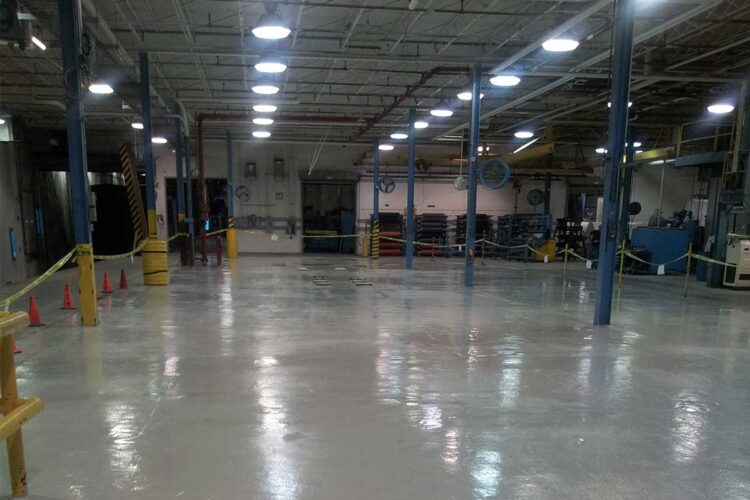Concrete is a popular construction material in both residential and commercial buildings. It’s solid and robust, which is why it can last for years without signs of damage. However, concrete flooring wears over time, and is prone to cracking, withering, and other forms of damage. It would be best to understand how to spot signs of damage on your flooring and plan for concrete coatings, epoxy, and repair services immediately.
Common types and causes of concrete flooring damage
Signs of concrete flooring damage should prompt you to plan for immediate repairs or restoration. This damage can result from extreme weather conditions, water exposure, or heavy loads within the building. The common types of damage include;
1. Structural damage
Concrete floors, walls, and slabs in industrial buildings can get damaged due to the expansion and contraction of concrete during harsh weather or temperature surges. Earthquakes and tremors may also result in structural damage to your flooring.
2. Excessive loads & weight
All buildings have limits no matter how strong. Excessive weight placed on your concrete flooring can lead to cracks. It’s important to monitor the weight capacity of your flooring to prevent overloading and potential damage.
3. Reinforcement errors
Improper reinforcement during construction can cause severe deterioration to your flooring. This can be in the form of poor-quality concrete, improper steel bar spacing, and larger slab spans which can result in cracks on the flooring.
4. Reinforced corrosion
The presence of chloride in an industrial building can lead to reinforced corrosion. This can tear away concrete flooring leading to rapid deterioration. This is common in buildings near seawater, bridges, dams, and docks.
5. Chemical damage
Chemical processes in an industrial building can damage your flooring leading to cracks and disintegration. Buildings that handle chemicals are particularly susceptible to damage, including leaching, sulfate attacks, and carbonation.
Why concrete flooring restoration is vital
Concrete flooring restoration offers many benefits. These include;
- Enhancing flooring durability and lifespan- Flooring repairs and restoration will handle signs of damage early, which helps extend the life of your concrete flooring. During flooring inspections, a professional will spot signs of damage, whether the floor is losing permeability and strength, and address any concerns.
- Enhancing flooring appeal & aesthetics- A well-maintained and restored flooring will look new and glossy, which raises your property’s value. During restoration, the flooring team may apply a coating to ensure a shiny finish which improves the flooring aesthetics.
- Enhancing safety- Damaged flooring can create significant risks for both workers and clients. Addressing these issues promptly helps prevent further structural damage and reduces the likelihood of accidents, such as collapses or other safety hazards.
Conclusion
Restoring your industrial concrete flooring is vital to enhancing the appearance and safety of your building. Structural damage to flooring can lead to safety hazards or discolourations which will lower the building’s value. Once you spot signs of damage to your flooring, contact a professional concrete repair and restoration company for further examination. The team will offer the right guidance and help restore your flooring to ensure a quality finish.
